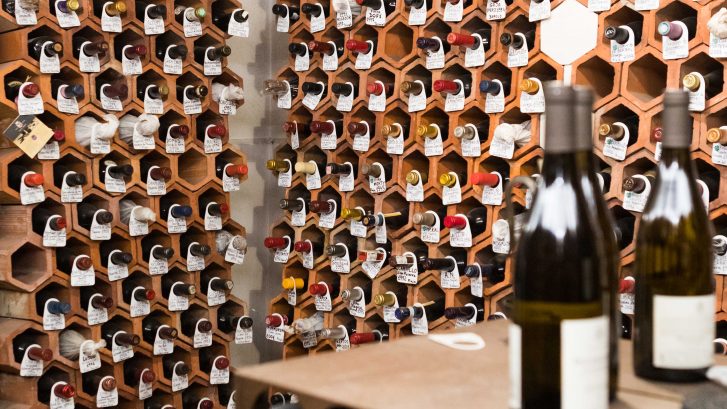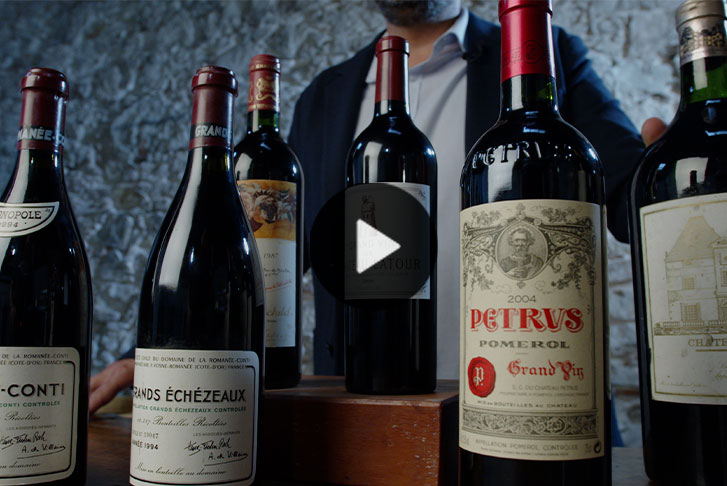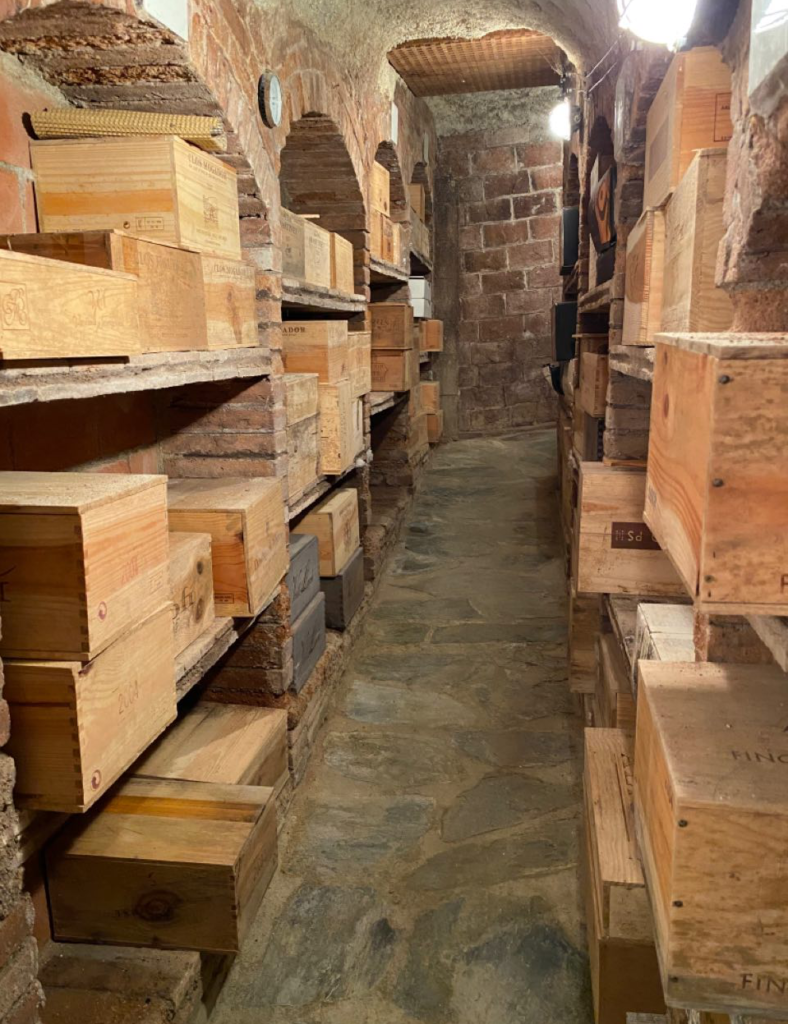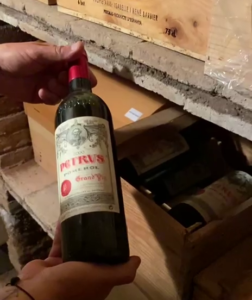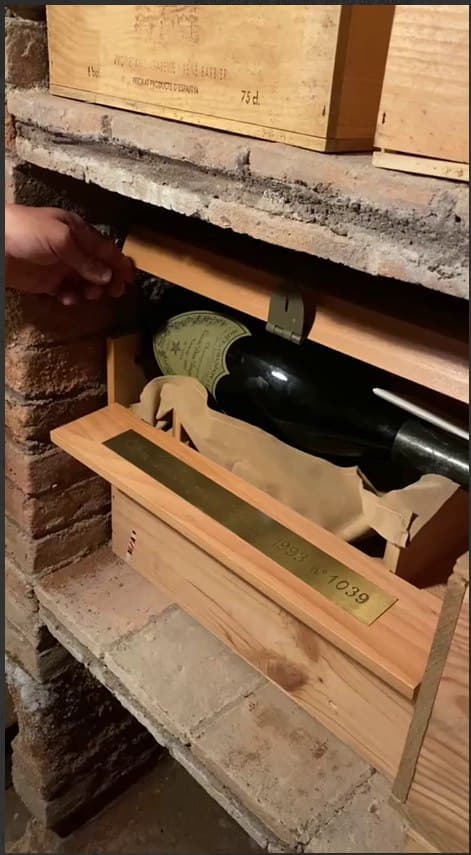At Setdart we hold wine auctions periodically. If you want to sell your wine collection, our experts will advise you on the best strategy to follow. Send an email to tasaciones@setdart.com, a whatsapp to the number 638 388 127 or call us at 932 46 32 41.
WHY IS YOUR ORIGIN SO IMPORTANT?
The provenance of a wine (its origin, life cycle and storage) is of utmost importance when buying and selling at auction.
What is the first thing you look for in a bottle of wine? The region? The producer? The vintage? When it comes to buying at auction, there is an element of the identity of a wine that is more important than all these criteria put together, because if the provenance of a wine – its origin, life cycle and storage – is not immaculate, nor even the best harvest of the greatest grand crus can be saved. For serious wine collectors, provenance is paramount.
The life cycle of a bottle.
Wines are living entities that breathe and, like humans, the best of them develop character with age. d. But to do so, they need to evolve in optimal conditions. If a wine is destined to be consumed in 20, 30 or even 50 years, it must be well cared for. It is like a child, you need to take care of it. And wines, like children, do not adapt well to disorders.
The slow intake of air in wines sealed with a cork allows a slow and constant maturation. Placed undisturbed in a dark and cool place, a constant 12-14 ° C is ideal, fine wines will gradually develop secondary and tertiary flavors that add wonderful layers of complexity to their primary fruit. But it is a delicate process. If it is too hot and the liquid expands, it causes leaks, if the temperature then cools, the extra air space in the bottle accelerates natural evolution, often to a deleterious degree, known as “oxidation.”
There are also other factors that can have a mitigating effect. Overexposure to light will dull the subtle nuances of aged wines; Sudden variations in conditions, whether in temperature, humidity or stability, will also have an adverse effect. Good storage consists of controlling the chemical reaction of a wine.
Signs of poor storage.
There are certain key signs that immediately alert you to potential problems with older bottles. The most common visible symptoms of poor storage are signs of leakage, low levels, poor color, and shrunken corks, the main culprit being exposure to fluctuations in temperature. Good wine can be ruined by poor storage. Thus, as specialists in Setdart, once we have verified the “correctness of the wine”, that is to say that it is genuine, we dedicate ourselves to assessing its condition.
Therefore, the collections most coveted by our specialists for sale at auction are those that have been kept in optimal conditions. We also tend to favor single owner collections, as the collector always cares about his wines and tends to store them in impeccable condition. Our experts love to inspect those cellars that house the collections because they will give a lot of information about the wines.
Visual indicators are very important. Among them, the level of the wine is fundamental. Wine is a liquid and therefore prone to evaporation. It is logical to think that this will increase over the years. However, whenever the level drops one centimeter from the base of the bottle’s neck, we must be vigilant. The more inches it descends, the more likely it is that we will not enjoy it.
A 1982 Bordeaux, for example, which should have a shelf life of 50 years if stored in a nice cool place, one would expect the level of the wine to be at the neck of the bottle, and that level would indicate a satisfactory standard of storage, however, if the level is one or two centimeters below the neck, you could suspect some leakage caused by poor storage, leading to advanced maturity and potential oxidation and worst case wine It will taste like old sherry.
Examining the capsule is also extremely important because if the cork is leaking, the wine will ooze there. Deterioration of the capsule must always be taken into consideration.
The label also gives us information beyond what it says. Our advice is that we should not worry too much about the aesthetics of the labels. A flawless label is nice but does not necessarily indicate the condition of the wine. In fact, a perfect label doesn’t always indicate perfect storage.
However, a faded label may be more of a concern, as it suggests overexposure to light. Moisture stains are not a good sign either. However, many wineries are more used to humid conditions, which can destroy moldy labels, although it should be noted that higher humidity makes bottles less prone to dripping and this is sometimes considered ideal. Many times the humidity necessary for the good conservation of a wine bottle is counterproductive for the conservation of a paper label.
All of these considerations should be of utmost importance to both buyers and sellers.

